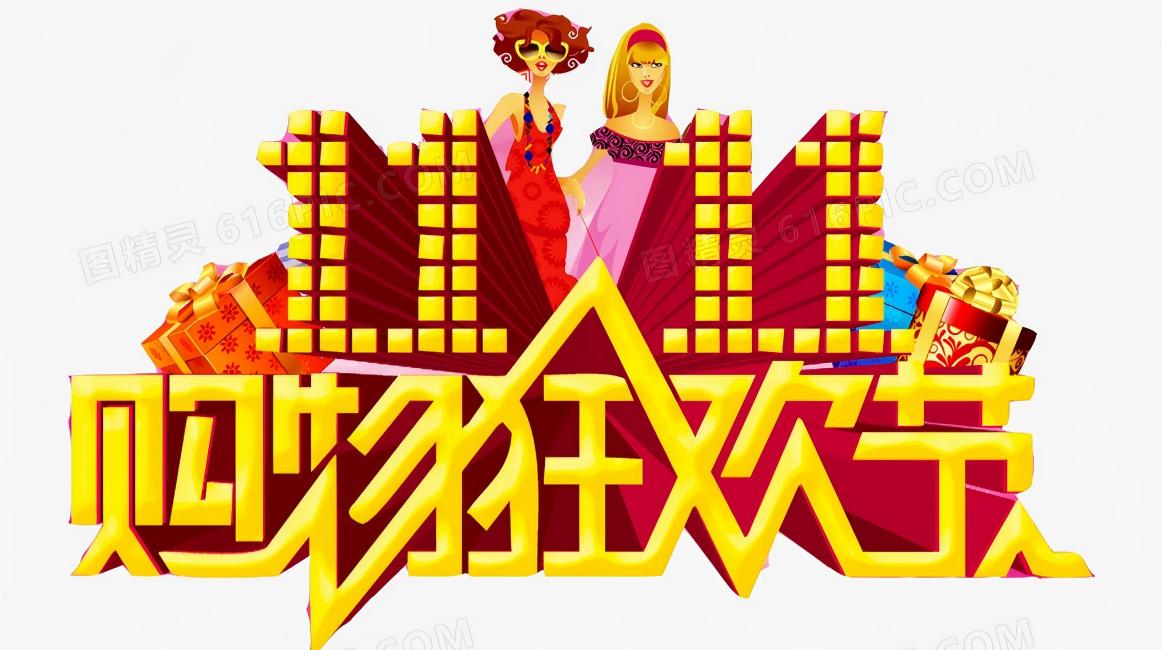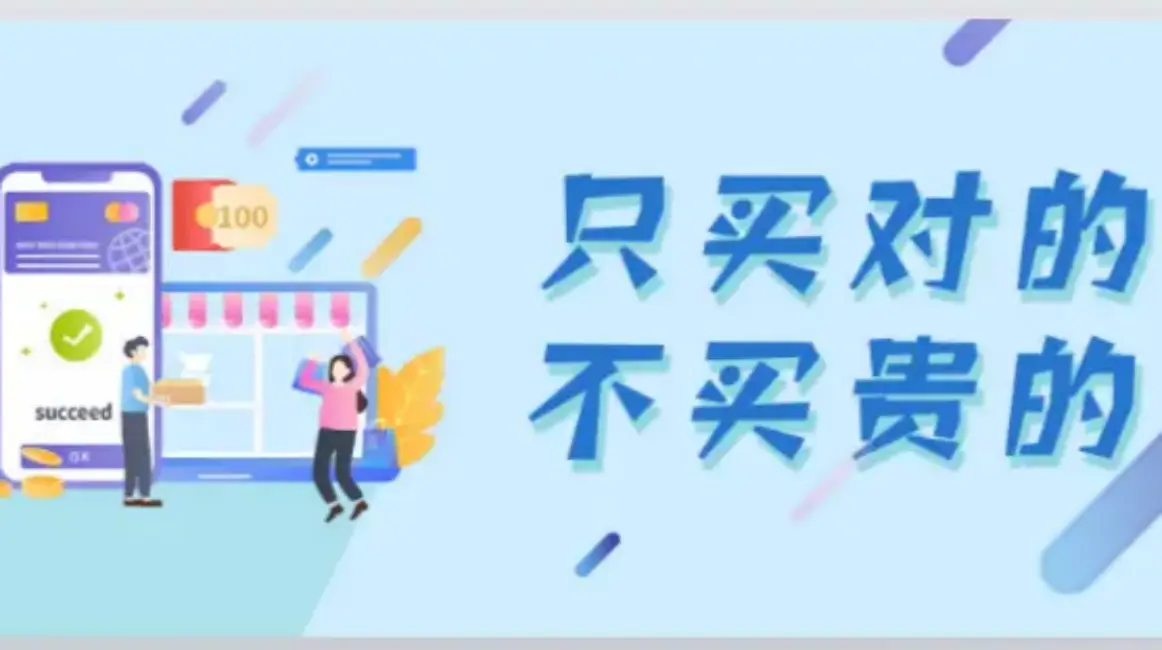From the mid-year sprint of "618" to the national celebration of "Double 11" and the year-end finale of "Double 12", China's shopping festivals have gone through more than a decade. Once upon a time, the excitement of midnight rush purchases, the dilemma of full-reduction tricks, and the waste of overstocking labeled shopping festivals as "irrational carnivals". Today, as the hustle and bustle of promotions fades, it's time to reflect: have shopping festivals, stripped of their fanatical outer shell, reconstructed a healthier consumption ecosystem? The answer lies in their transformation from "traffic carnival" to "value creation".

The primary shift of China's shopping festivals is the return from "impulsive consumption" to "rational choice". The marketing anxiety of "miss it, wait a year" in the early years is being replaced by the calm of "purchasing on demand". Data from China in 2025 shows that during the "618" period, 27.1% of consumers chose service-oriented consumption such as housekeeping and home appliance cleaning, 26.2% ordered practical items like car maintenance, and the proportion of blind stockpiling dropped by 40% compared with three years ago. Consumers no longer pay for "low-price symbols" but value "cost-performance ratio" more—for example, prioritizing energy-saving home appliances at the same price and preferring brands with sound after-sales service among similar products. This rationality is not a cooling of consumption but a sign of a mature market: shopping festivals have shifted from "stimulating consumption" to "meeting needs", truly aligning with the public's pursuit of a better life.

Technological innovation has injected a "positive core" into shopping festivals. The previous model of attracting traffic through "gimmick marketing" has now been replaced by "technological empowerment". Taobao's "AI Universal Search" can accurately match user needs, solving nearly 50 million consumption inquiries during China's Double 11 in 2025; JD.com's JoyAI covers the entire link from shopping guide to after-sales service, with usage volume increasing by 3.2 times compared with "618". The logistics sector has shown even greater strength: JD.com Logistics' automation coverage exceeds 95%, and 95% of self-operated orders are delivered within 24 hours, avoiding the embarrassment of "express backlogs" in the early years. Technology has transformed shopping festivals from "competing on low prices" to "competing on efficiency", which not only improves consumer experience but also helps small and medium-sized merchants reduce operating costs—for example, AI product selection tools have increased the stock-up accuracy of county merchants by 60%, truly realizing "empowering the real economy".

What's more noteworthy is that the ecological boundaries of China's shopping festivals are expanding, breaking the limitations of "online isolation". During China's "Double 11" in 2025, 37,000 brands and 400,000 physical stores joined Taobao Flash Sale, and sales of 800 brands on Meituan Flash Sale doubled on the first day. "Hourly Delivery" instantly meets needs for fresh food, daily necessities and other items. Innovations on the supply side are more valuable: Suning.com launched large-capacity refrigerators adapted to county families through C2M reverse customization, with sales increasing by 85% year-on-year; the AI gaming laptop co-developed by JD.com and Lenovo topped the sales list for accurately matching the needs of young groups. This model of "online traffic drainage + offline experience" and "demand reverse driving production" has made shopping festivals no longer "online inventory clearance" but a bridge connecting consumption and industry, promoting the transformation of manufacturing towards "on-demand production".

The rise of sustainable consumption has endowed shopping festivals with "social temperature". The problems of excessive packaging and idle goods in the early years are now being solved by the concept of green consumption. During China's "618" in 2025, sales of beauty replacement refills increased by 300%, second-hand luxury transactions soared by 200%, and the utilization rate of degradable express packaging reached 92%. Consumers no longer pay a premium for "environmental concepts" but are willing to pay for real sustainable technologies—for example, a brand's recycled fabric clothing outsold traditional styles because its quality is no different from ordinary fabrics. This shift not only reduces resource waste but also makes shopping festivals transcend commercial boundaries to become a platform for conveying green lifestyle concepts.
Looking back at the changes of China's shopping festivals, from "carnival-style promotions" to "value-based consumption", their evolutionary trajectory is a microcosm of the maturity of China's consumer market. Reflection is not negation but for better progress: the value of shopping festivals has never been "how many goods are sold", but whether they can truly benefit consumers, empower the real economy, and convey positive concepts. Today, when every order stems from real needs and every innovation focuses on long-term value, shopping festivals radiate lasting vitality in rationality—this is not only a return to the "essence of consumption" but also an inevitable choice for the sustainable development of the commercial ecosystem.



